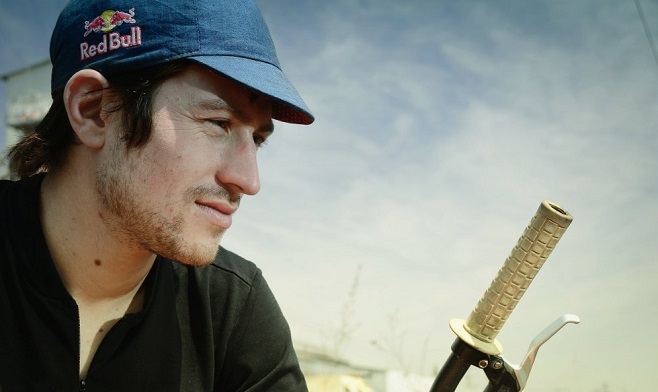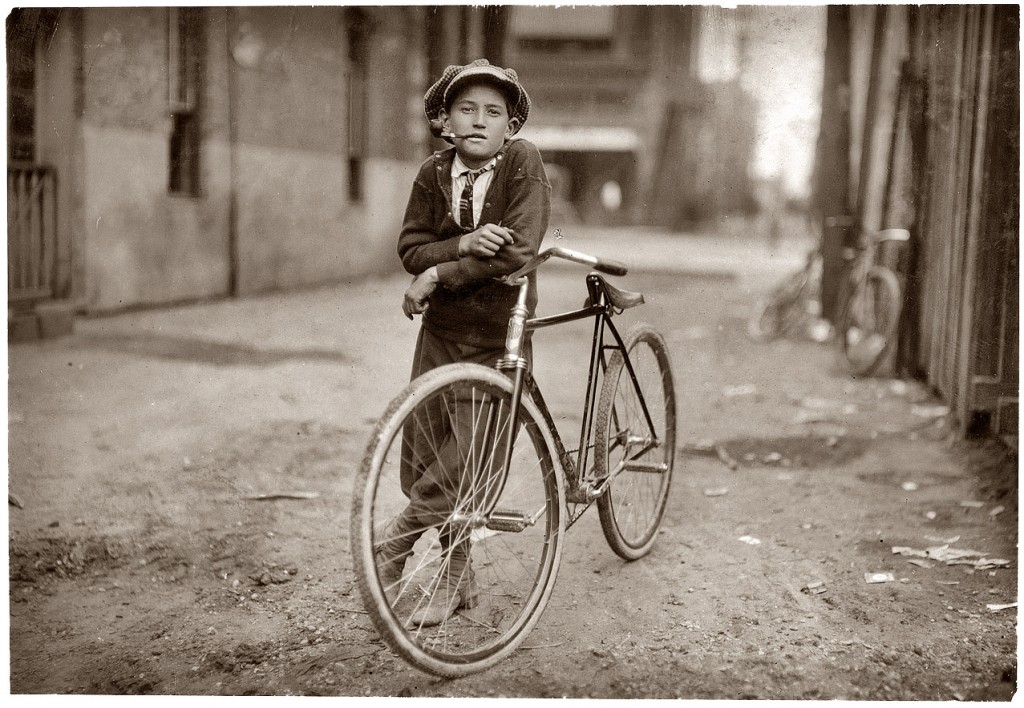
Austin Horse. Photo via redbull.com
Bike messengers have a hard-earned image as punks, rebels, thrill-seekers, and outlaws. And deservedly so. They risk their own safety to bomb through cities between cars and pedestrians delivering packages for very low pay. It’s an image and lifestyle that captivated the mainstream cycling world for the better part of the previous decade, spurring on massive sales of fixed gear bikes and messenger bags large enough to hold a body. For some enterprising couriers, the popularity presented an opportunity to align with sponsors and escape the check-to-check lifestyle of full time delivery work.
Austin Horse partnered with big companies such as Red Bull and Oakley and bike companies such as Brooklyn Machine Works, All City, and Lazer and carved out a “wild and unpredictable” life for himself. He travels the world riding and racing in unique bike events, organizes his own races, and even worked as Joseph Gordon-Levitt’s stunt double for the 2012 messenger movie Premium Rush. When he’s at home, Horse still works part time as a courier and as an advocate with his mobile bike co-op Bike Yard. I spoke to him while he waited in the airport for a flight to the Middle East about messenger life in New York, sanctioned vs unsanctioned racing, his bike adventures around the world, the evolution of biking in New York, and much more.

